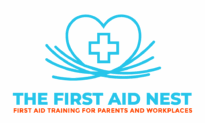First Aid for Dental Emergencies in Kids: Quick Actions for Tooth Injuries and Pain Relief
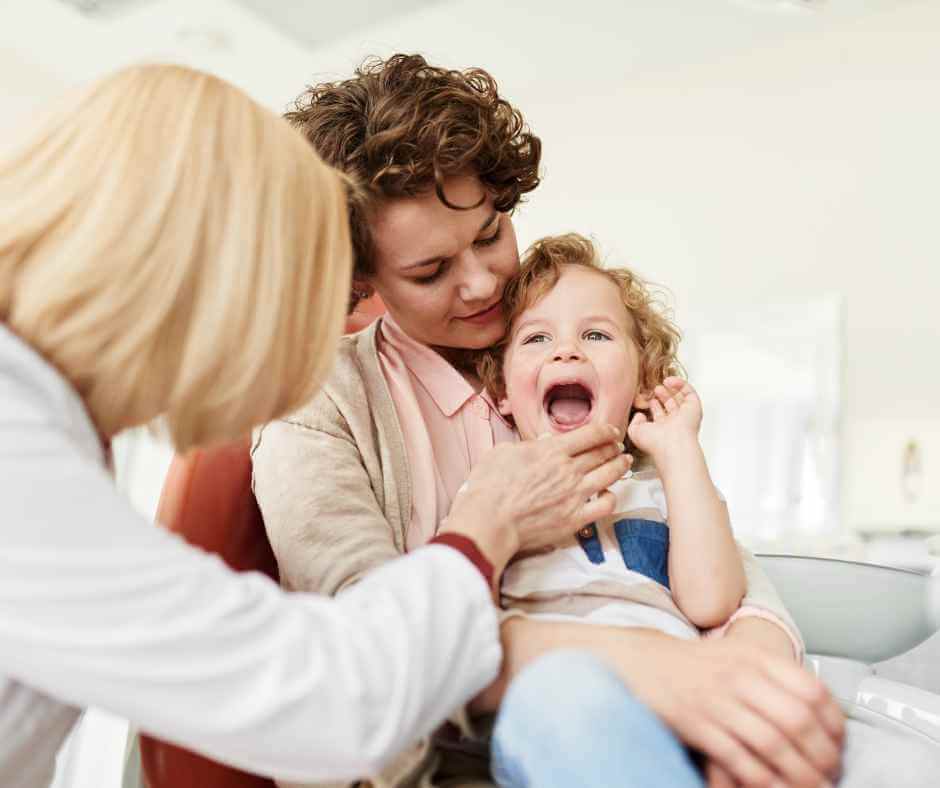
As parents and caregivers, we always want to keep our children safe and free from harm.
However, accidents can happen, and dental emergencies in kids are common.
From tooth injuries during playtime to sudden toothaches. Knowing how to respond quickly and effectively can make a significant difference in alleviating pain and ensuring the best possible outcome for our little ones’ oral health.
In this blog, we will explore the importance of first aid for dental emergencies in kids and provide quick actions and practical tips for handling common dental injuries and alleviating toothaches.
Let’s empower ourselves with knowledge and be well-prepared to handle any dental emergency that may arise.
Importance of First Aid for Dental Emergencies in Kids
Parents and kids may both find dental emergencies upsetting. First aid in dental emergencies is important as it can make a significant difference in preventing further damage and alleviating discomfort.
Dental emergencies should never be ignored because doing so could have more serious long-term effects. The risk of complications can be reduced with prompt first aid. The faster the action, the more we increase the chance of saving our little one’s teeth and ease their pain.
Common Dental Emergencies in Children:
Dental emergencies can happen at any time and anywhere. Being aware of the different dental emergencies and injuries that kids may experience will help us stay prepared.
So, let’s delve in and learn the common dental emergencies in children.
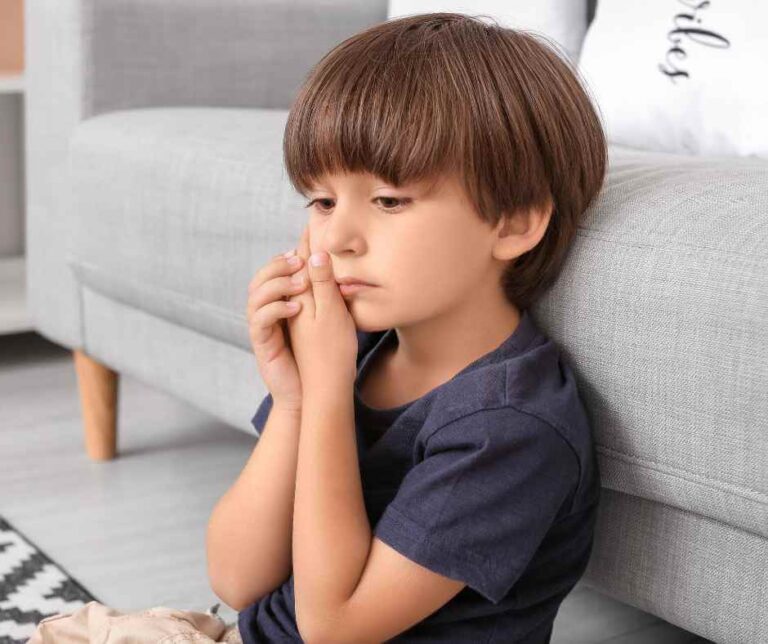
TOOTHACHE
It is the most common and very painful type of dental emergencies. Tooth pain caused by decay can lead to an infection that spreads quickly. Commonly, children gets toothache from eating too much sweet such as lollies and chocolates.
Our little one can also get it by not brushing their teeth regularly. So, oral hygiene is very important to avoid the spread of cavities.
KNOCKED OUT TEETH
These types of injuries may arise from various situations, such as impact during sports activities, accidents, or exerting excessive force while chewing and eating. When our teeth experience cracks or breaks due to such incidents, it is essential to promptly gather the broken pieces and seek immediate dental attention
CHIPPED OR FRACTURED TEETH
A chipped or fractured tooth may be a result of an injury and should be evaluated by a dentist to determine whether the damage is due to trauma or tooth decay. A tooth can be weakened by decay and fracture even when biting into a soft food.
Depending on the severity of the chip, it may simply be monitored and observed, or it may be repaired with a dental filling or crown to protect it.
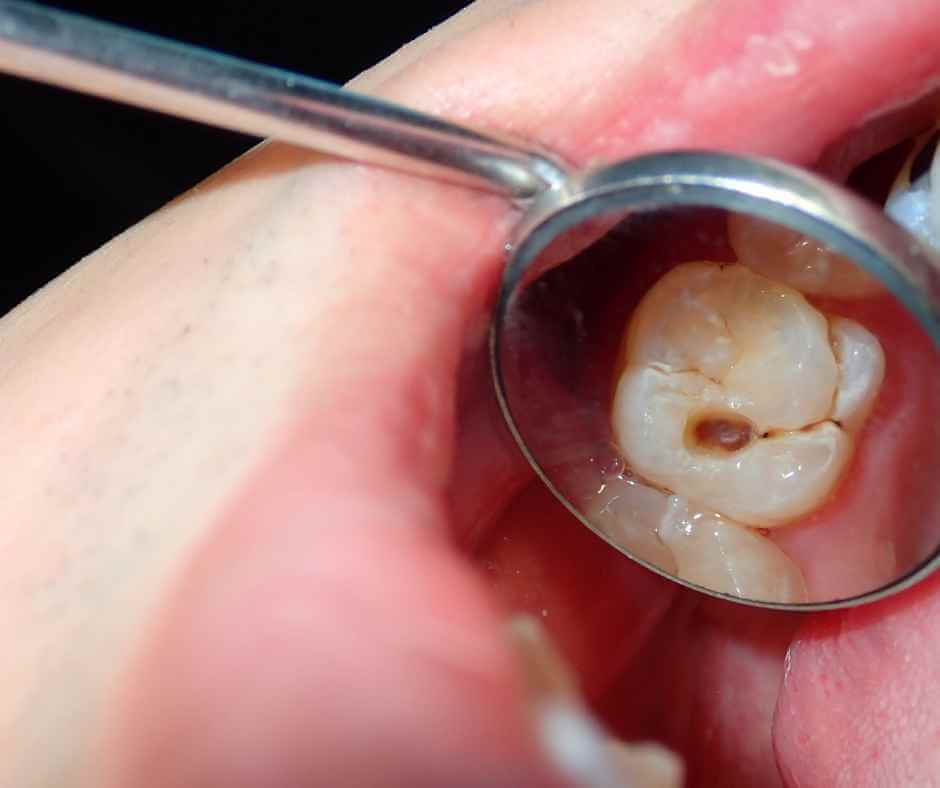
What to Do When Your Child Experiences a Dental Emergencies:
When our child suffers a tooth injury, it is important that we know what to do. Acting quickly and calmly can be the key to saving a damaged tooth and minimising further damage and pain. It is a heavy feeling for us, parents, to see our child suffer excruciating pain from dental injuries and toothaches.
So, we must know how to comfort them and ease their pain. Follow our guide, to properly and effectively help your child with their teeth injuries.
Keep Calm and Reassure Your Child: Dental injuries can be upsetting for both you and your child. Stay calm and reassure your child that everything will be fine. Your words and assurance will put them at ease during the situation.
Check the Injury: Gently assess and examine the affected area to determine the extent of the injury. Check the mouth for signs of chipped, cracked, or knocked-out teeth, as well as any injuries to the lips or gums.
Control Bleeding (if applicable): If bleeding occurs as a result of the injury, apply gentle pressure to the area with a clean cloth or gauze. This will help control the bleeding until further treatment is available.
If your child’s tooth has been completely knocked out, handle it with care, touching only the crown and avoiding the root. Without scrubbing or touching the root, gently rinse the tooth with milk or a saline solution. If possible, replace the tooth in its socket or keep it moist in milk or the child’s saliva, until you can see a dentist. Act quickly if you want to save a knocked-out tooth.
If your child’s tooth is broken, make an effort to gather any broken pieces. Put them in a container with milk or a solution that can save teeth. Then, you can bring it to the dentist. It may be possible to restore the broken pieces if kept moist.
If your child is in pain, give them over-the-counter painkillers appropriate for their age and give them in the recommended dosage.
After delivering first aid, get in touch with the dentist to ask for professional guidance and make an appointment. They will guide you on what to do next after you have described the injury.
And Just like any other injury, a dental injury is also important. So, see a dentist right away after the injury occurs to avoid any complications.
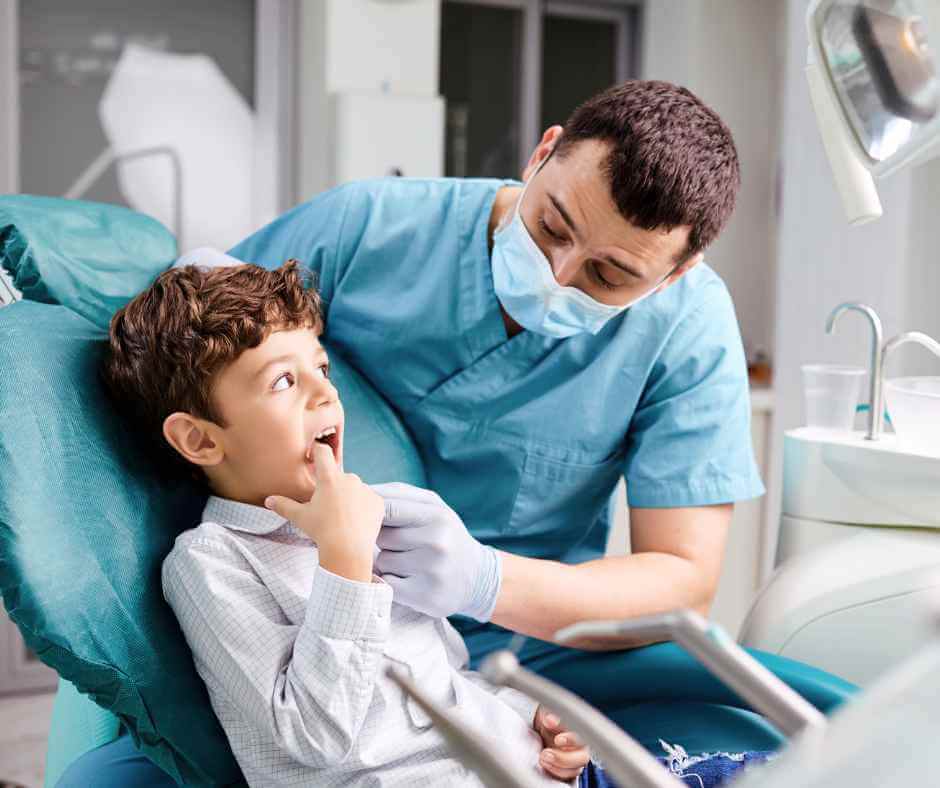
How To Alleviate Toothache in Children
For children, toothaches can cause a lot of pain and it can negatively affect their overall health.
We can lessen our child’s suffering by being aware of the typical causes of toothaches and knowing how to offer quick relief. In order to address the underlying problem.
Rinse the mouth
Have your child gently rinse their mouth with warm saltwater. As well as clearing up the area around the afflicted tooth, this can help reduce inflammation. Saltwater has natural anti- inflammatory properties therefore; it can help reduce swelling and inflammation in the gums and oral tissues.
Take note that saltwater rinses can only provide temporary relief, they do not address the underlying cause of the pain. It is important to consult a dentist or doctor for proper assessment.
Apply a Cold Compress
Wrap a cold compress or ice pack in a cloth and place it on the outside of your child’s cheek, near the painful area. The cold can help relieve pain and swelling. They can also chew ice (if they are old enough) and put it directly into the area where they are experiencing some pain to alleviate it.
Pain Relievers
If your child is old enough and the pain is mild, you can give them age-appropriate over-the-counter pain relievers like paracetamol or ibuprofen.
Always stick to the recommended dosage for their age and weight.
Avoid Triggering Foods
Encourage your child to avoid eating or drinking anything hot, cold, sweet, or acidic that could aggravate the toothache.
Consult a Dentist
If your toothache persists or you notice any signs of infection (such as swelling, fever, or pus), you should see a dentist right away. A professional evaluation can pinpoint the underlying cause and recommend the best course of action.
How To Reduce the Risk of Dental Emergencies in Kids:
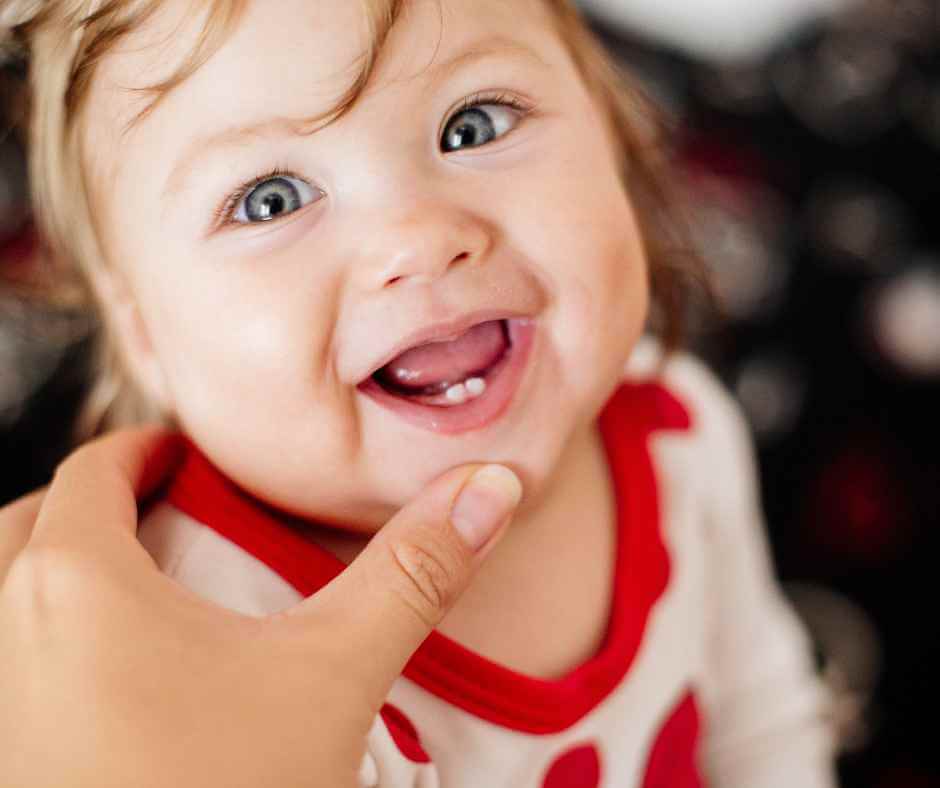
Prevention is always better than cure. We can reduce the risk of dental emergencies in children by implementing practical measures and instilling good oral hygiene habits.
It is recommended to brush their teeth for two minutes, twice to three times a day. Never let them sleep at night without brushing their teeth.
Also, advising them to avoid eating sweets such as lollies and chocolates can help reduce the risk of dental emergencies.
Regular dental check-ups and cleanings are also essential for keeping their smile healthy and preventing dental problems.
Dental emergencies in children can be difficult, but with knowledge and preparation, we can navigate these situations confidently and effectively. We become better equipped for our children’s oral health by understanding the importance of first aid, common dental emergencies, and how to respond appropriately.
Want more? We’ve got you covered…
Our Baby First Aid Courses
Our baby first aid courses are available in person in your home and online. We run classes in your home with groups of 2, 4 or up to 10 in Sydney & Melbourne and you can book in 3 easy steps!
- Pick your class
- Follow the prompts to purchase
- We will contact you within 24 hours to lock in your date of choice
Our First Aid Certificate Courses
We run most of the popular first aid courses Australia wide. HLTAID011 Provide First Aid, HLTAID009 Provide CPR, HLTAID012 Provide First Aid in an Education & Care Setting, RAMOAP (anaphylaxis), Mental Health first aid and CPR/LVR to name a few.
Book your public spot online or contact us if you have a group of 5+ people for onsite training.
Here are some other resources you may enjoy!
FREE GUIDE: Your Virtual Baby First Aid Kit
FREE GUIDE: Introducing Common Allergy Foods & Allergic Reactions
FREE Workplace Emergency Preparedness Plan: Grab this at the bottom of every page!
Follow for baby & child first aid and allergy info and tips on Instagram & TikTok, all @thenestcpr
